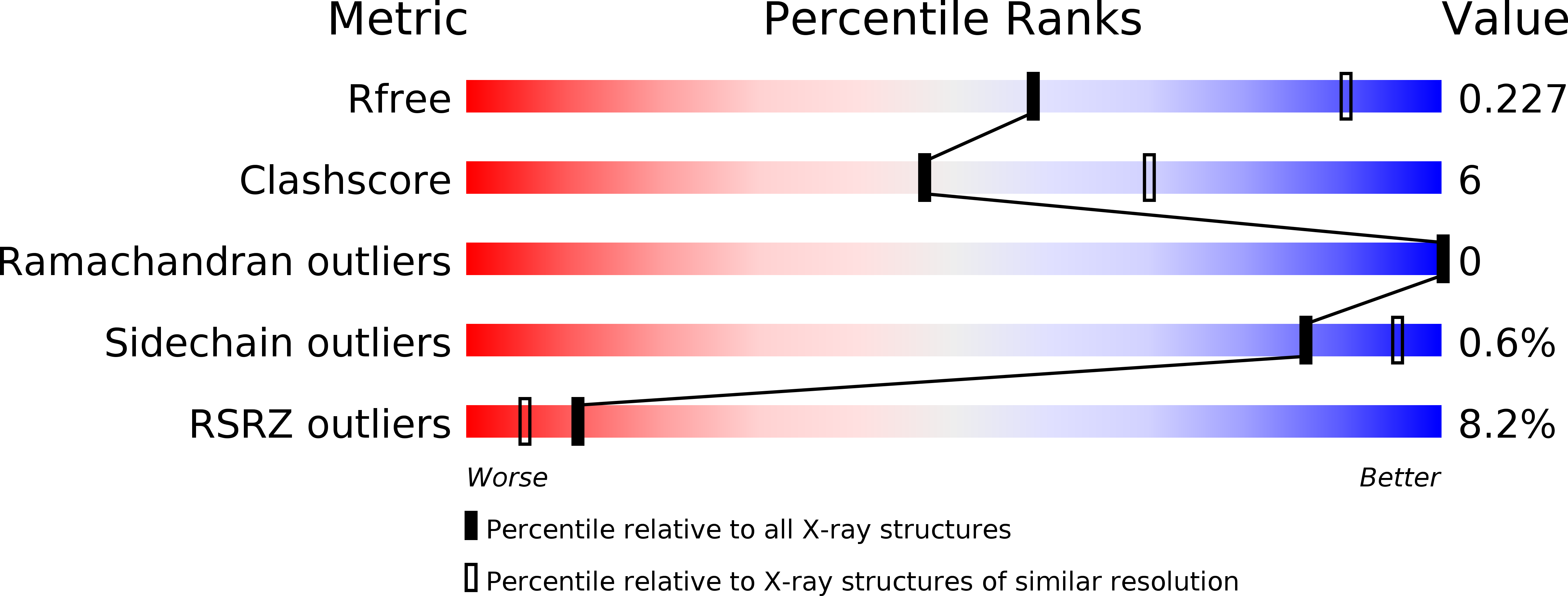
Deposition Date
2019-09-30
Release Date
2020-04-29
Last Version Date
2024-10-16
Entry Detail
PDB ID:
6UIH
Keywords:
Title:
Crystal structure of the core domain from the GST-like protein GDAP1
Biological Source:
Source Organism:
Mus musculus (Taxon ID: 10090)
Host Organism:
Method Details:
Experimental Method:
Resolution:
2.83 Å
R-Value Free:
0.22
R-Value Work:
0.21
R-Value Observed:
0.21
Space Group:
I 4 3 2


